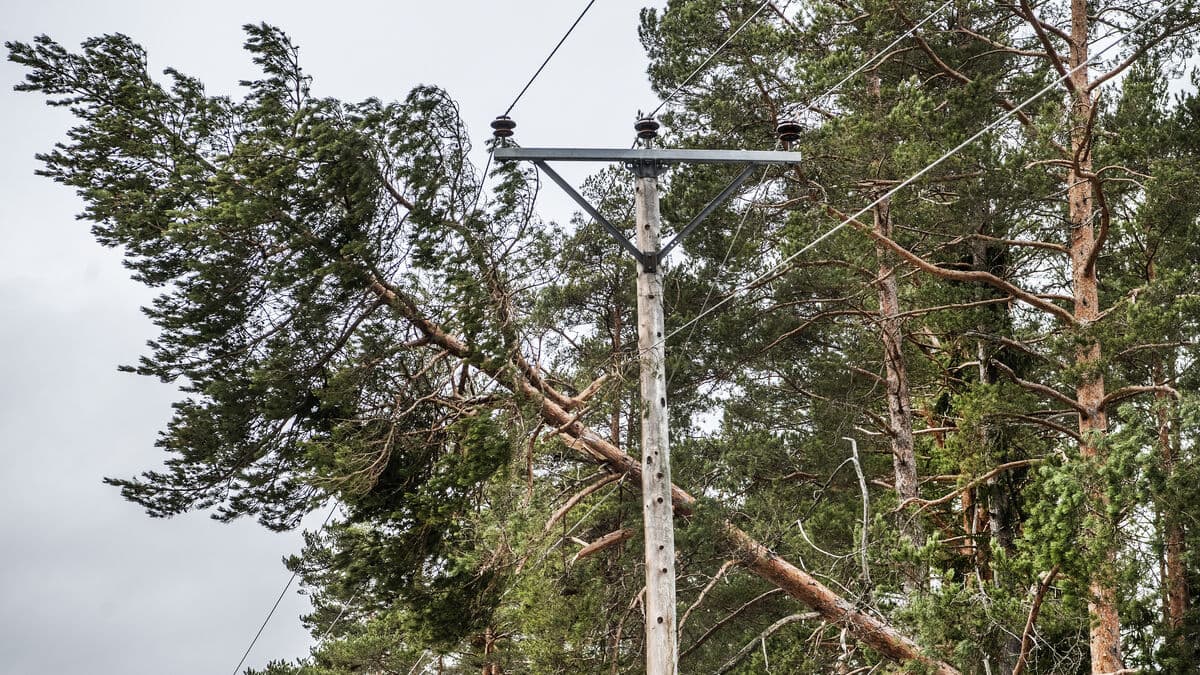According to a survey from the Financial Supervisory Authority, four out of ten Swedes are worried about their economy. When the authority, on the other hand, collects data from the banks, it shows that every other Swede has less than 10,000 kronor in buffer savings.
Actually, it is much more important to have a buffer savings than long-term savings on the stock market.
The Financial Supervisory Authority's recommendation is to have two to three months' necessary expenses in buffer savings.
The first step to getting control over one's private economy is, according to Moa Langemark, to make a budget so you get an overview of where the money is going.
When you have done that, you can maybe become a little tempted to take care of your expenses.
Review the cost villains
Moa Langemark emphasizes that it is not always about cutting back on things, but sometimes about taking care of unnecessary costs. The first thing is to review your mortgages and whether it is possible to negotiate down the mortgage rates.
It is also time to review your insurance costs. She advises against canceling personal insurance, which can be difficult to sign up for again, but instead to review your product and home insurance.
This type of insurance is very good to review so that you do not pay too much or maybe have insurance that you do not need.
There is also a risk that you pay unnecessary insurance costs during your vacation trips.
Often, there is a good travel protection in your home insurance, and if you also pay with a card, you often have full protection there and do not need that extra travel insurance that pops up when you book a trip.
Risks with savings
Savings can also come with unnecessary costs.
If you have your money in expensive funds that do not give you any higher returns, it risks becoming hundreds of thousands of kronor in the sea in the long run.
Buffer savings should, on the other hand, be placed on an account with deposit insurance, free withdrawals, and preferably some interest.
It is easy to think that it does not matter if I get 3 or 3.5 percent interest, but in the long run, it actually does.
When the budget is made, the cost villains are awakened, and the buffer savings are to grow, Moa Langemark warns against starting the autumn with all too strict goals.
Start small and try instead to scale up a little cautiously so that you feel that you can handle your savings goal.
1. Make a simple budget – it takes less time than you think
2. Review your costs – now you have the time
3. Start a buffer savings – for your own security
4. Think longer – get started with long-term savings
5. Avoid quick fixes – loans can become an expensive trap





